Hydration is no longer solely about replenishment. It’s evolving into a broader wellness tool and the proactive brands are already ahead of the curve.
As the hydration wave shows no signs of slowing, brands are under pressure to differentiate. One emerging tactic? Layering in additional benefits, from relaxation and focus to protein and recovery. And while the core of the category remains largely the same, the edges are starting to shift. Let’s take a look at some of the brands leading the way.
Gatorade Hydration Booster Relax
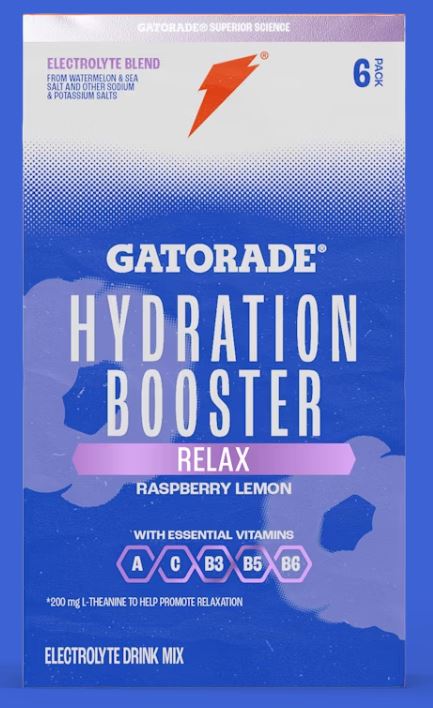
When a category leader like Gatorade enters a new functional space, it’s hard not to take note. The brand’s Hydration Booster Relax marks a clear move into mood-focused territory. It’s a small shift, but one with bigger strategic implications.
This new iteration blends 200mg of L-theanine, a well-known calming compound, with a solid electrolyte profile: 300mg sodium, 100mg potassium, 85mg magnesium, plus a mix of vitamins, all packed into a 10g stick.
At $25.50 for a pack of 18, it’s only $3 more than the standard Hydration Booster. The formula tweak reframes the product, moving hydration beyond physical recovery and into the brain-boosting, calm-promoting space that’s gaining momentum across active wellness.
This isn’t reinvention, it’s repositioning. A deliberate, low-risk move that allows Gatorade to capture a new consumer mindset without abandoning its performance roots.
Hi Lyte Electrolyte + Protein
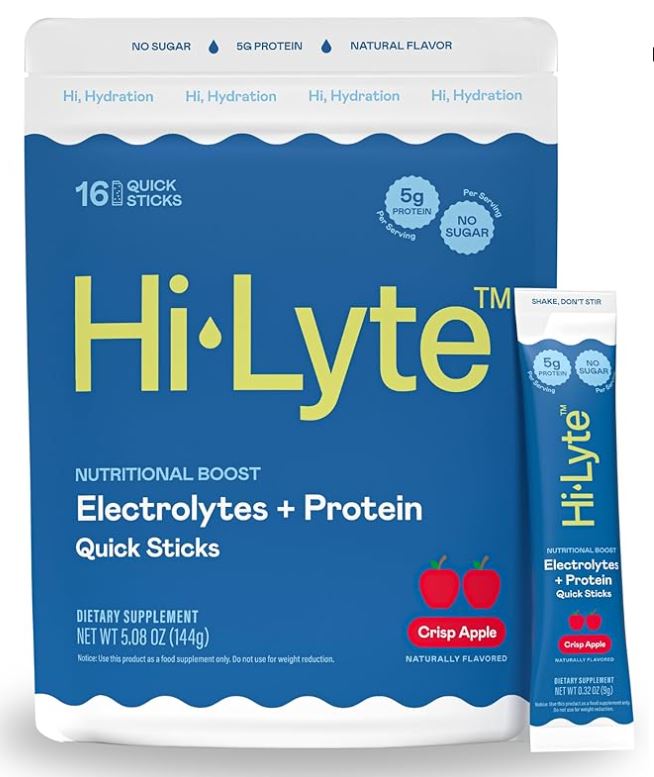
Protein has long been the powerhouse in active nutrition and hydration’s quickly becoming as valuable so combining the two feels like a natural next move.
Hi Lyte has gone all in with its Electrolyte + Protein Quick Sticks, but with a twist. Unlike the usual protein-first formulas, electrolytes are the hero here; the protein’s layered in to elevate functionality.
Each 9g stick delivers 375mg potassium, 187mg sodium, 180mg chloride, 50mg magnesium citrate, 0.6mg manganese citrate, and 5g of whey protein isolate.
It’s not groundbreaking, but it’s clever. Especially since it’s taken a subtle keto angle, highlighting that potassium intake is notoriously difficult for keto followers, as many potassium-rich foods are carb-heavy, and low-carb diets accelerate electrolyte loss. This formula effectively addresses that issue, positioning hydration as a solution for a specific nutrition challenge.
The 5g protein dose won’t turn heads, but it adds functional depth to what could otherwise be a single-purpose product.
Magna
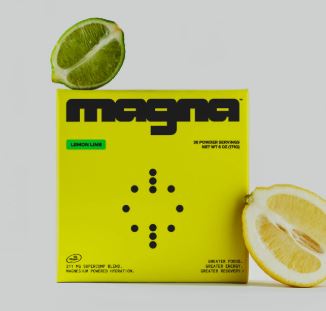
Meet Magna, a brand taking a bold, single-product stance with a triple-magnesium electrolyte blend at its core.
The formulation is ambitious: 137mg magnesium malate for energy, 37mg glycinate for recovery, 36mg Magtein L-threonate for focus, plus 340mg sodium, 150mg potassium, and 460mg chloride.
Magna’s promise is to support energy, recovery, and focus all through magnesium, and without stimulants or nootropics. The question is whether the benefits are truly felt or if this is more of a claim-led play. Magnesium plays a role in all three outcomes, but it’s rarely the solo act.
Still, this is a clear differentiation strategy. Magna doesn’t shy away from comparison either. It openly calls out competitors, listing 210mg total magnesium versus 60mg in LMNT, 50mg in WaterBoy, 26mg in AG1, and none in Liquid I.V.
When magnesium is your unique selling point, comparison becomes part of the marketing playbook. And Magna’s tripling down on it.
The decision to prioritise magnesium instead of the usual sodium-first strategy feels both fresh and timely and shows how the hydration category is diversifying, not just in format, but in the very electrolytes being utilised.
WaterBoy

There’s more than one way to innovate, and WaterBoy is taking the occasion-based route, positioning hydration for distinct moments rather than reinventing the formula each time.
- Weekend Recovery targets post-party fatigue with 3205mg of electrolytes (1120mg sodium), L-theanine for relaxation, and ginger for nausea.
- Workout Hydration goes clean and performance-focused with 2960mg of electrolytes (1000mg sodium) and L-glutamine for muscle recovery.
- Daily Hydration strips it back to essentials with 1540mg electrolytes (550mg sodium), no sugar, minimal ingredients.
It’s a strategy that clearly works: one core formulation, adapted for different purposes. Reimagination, not reinvention.
WaterBoy’s confidence is evident in its comparative marketing. It openly claims one WaterBoy stick is equivalent to 3.7 Liquid I.V. sachets in electrolyte content, and the numbers back it up: between 1,570mg and 3,205mg electrolytes versus Liquid I.V.’s 890mg, zero sugar compared to 11g, and 0–10 calories compared to 45.
Another example of direct comparison that signals how competitive the hydration space has become.
Across these examples, the direction of travel is clear: hydration is no longer a reactive category. It’s evolving into a proactive one, designed not just to replace what’s lost, but to support what’s next.
The biggest moves are not about new formats or flavours, but functional layering, nutrient focus, and contextual positioning. The hydration category is diversifying fast and the smartest players aren’t reinventing it, they’re reframing it.
Want to know more about hydration or how we can help your NPD? Talk to us today.

.jpg)

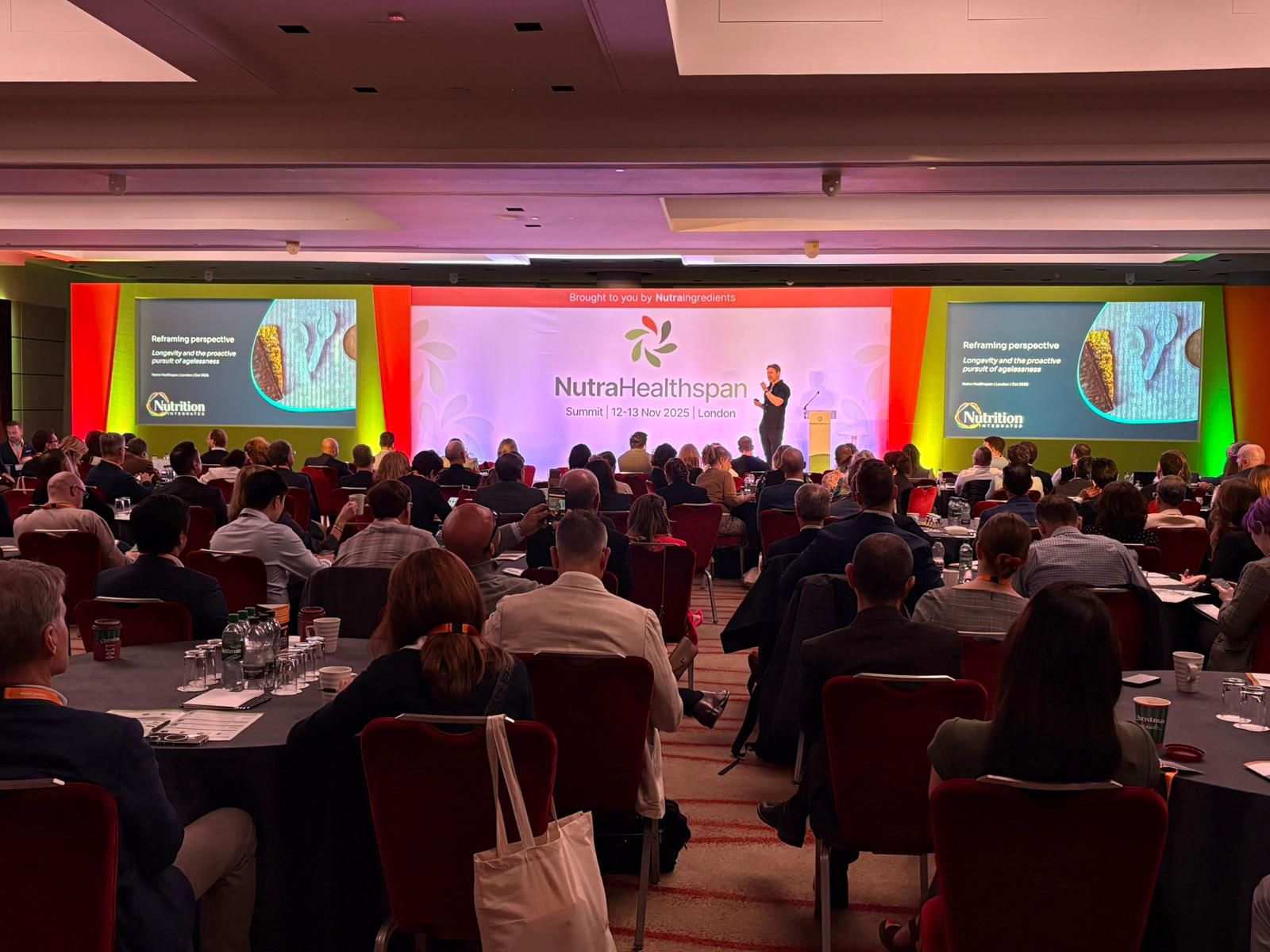

.jpg)
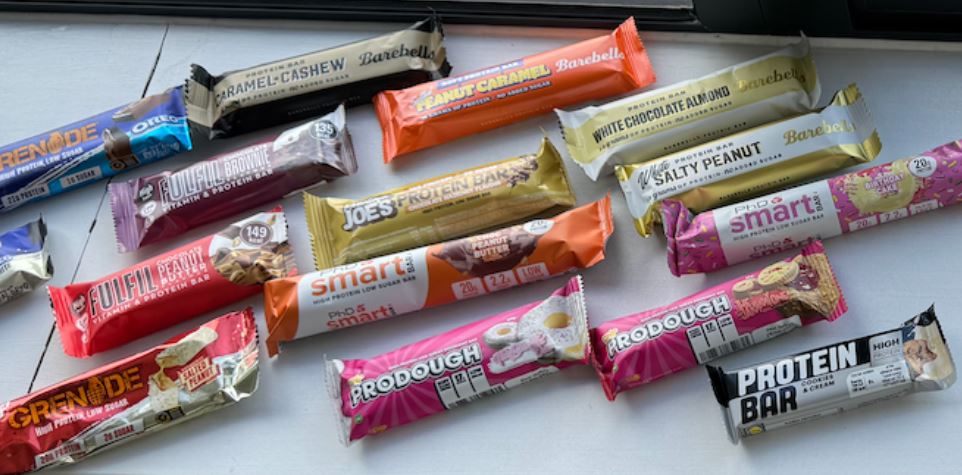
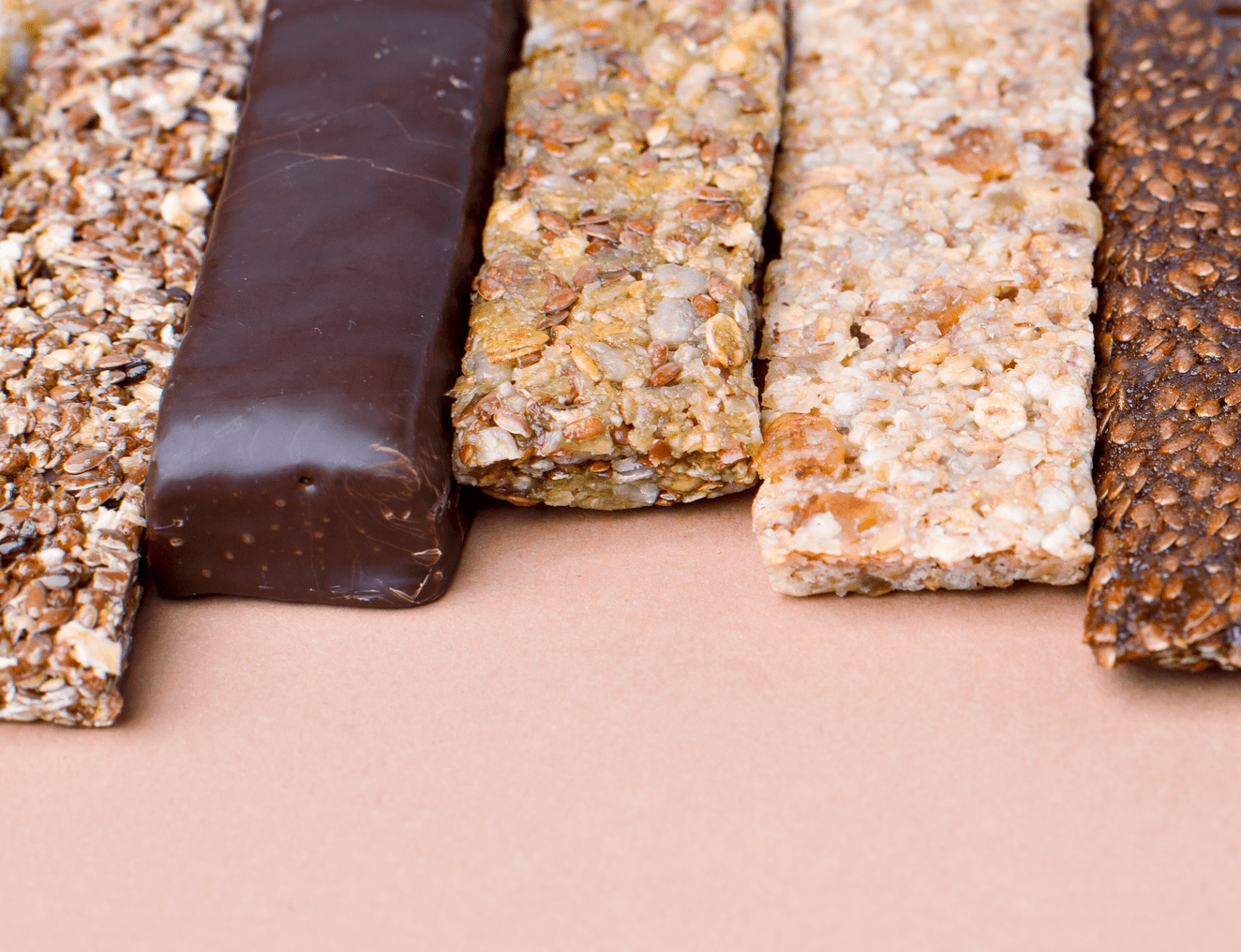
-min.jpg)
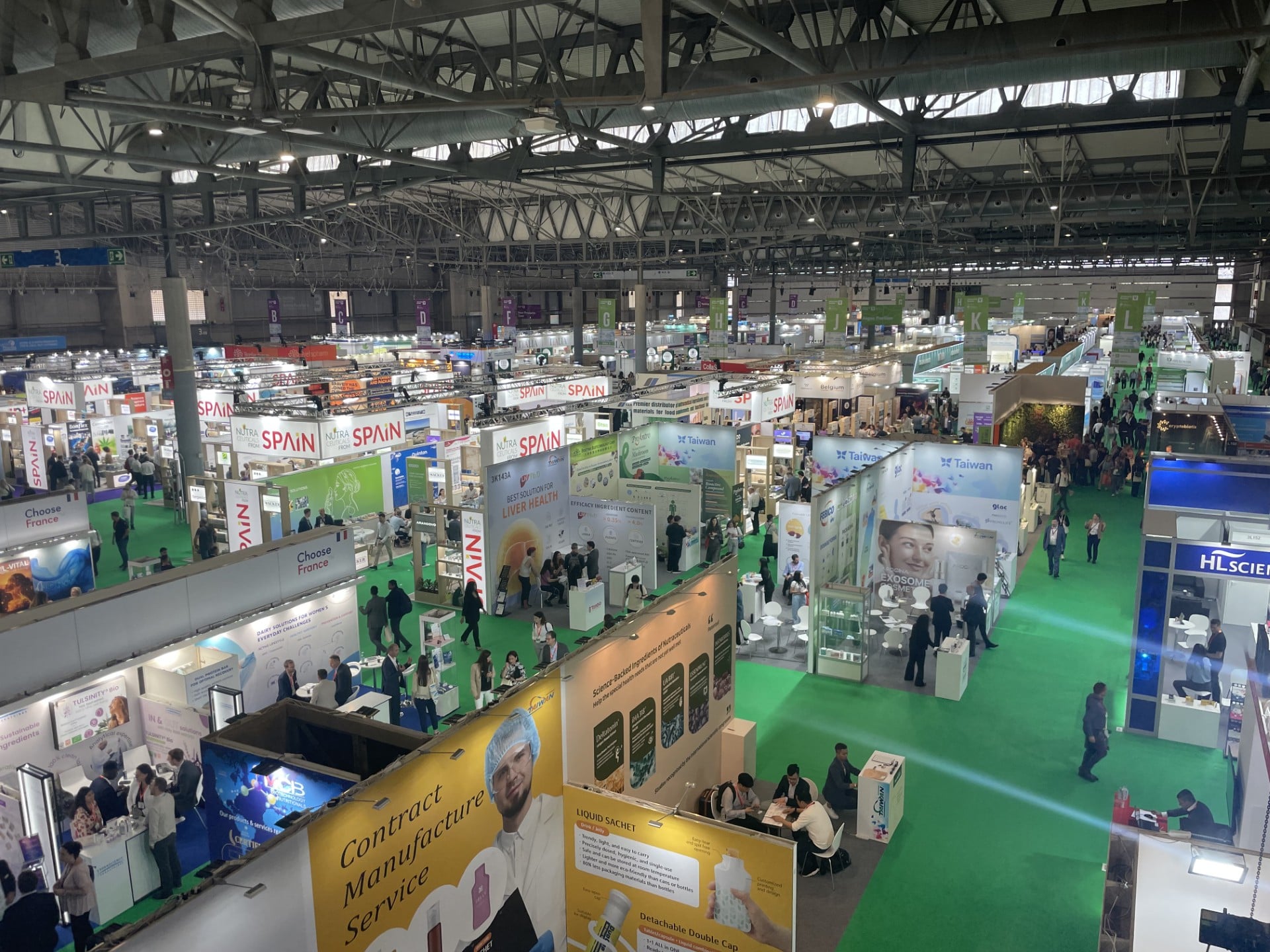



.jpg)
















